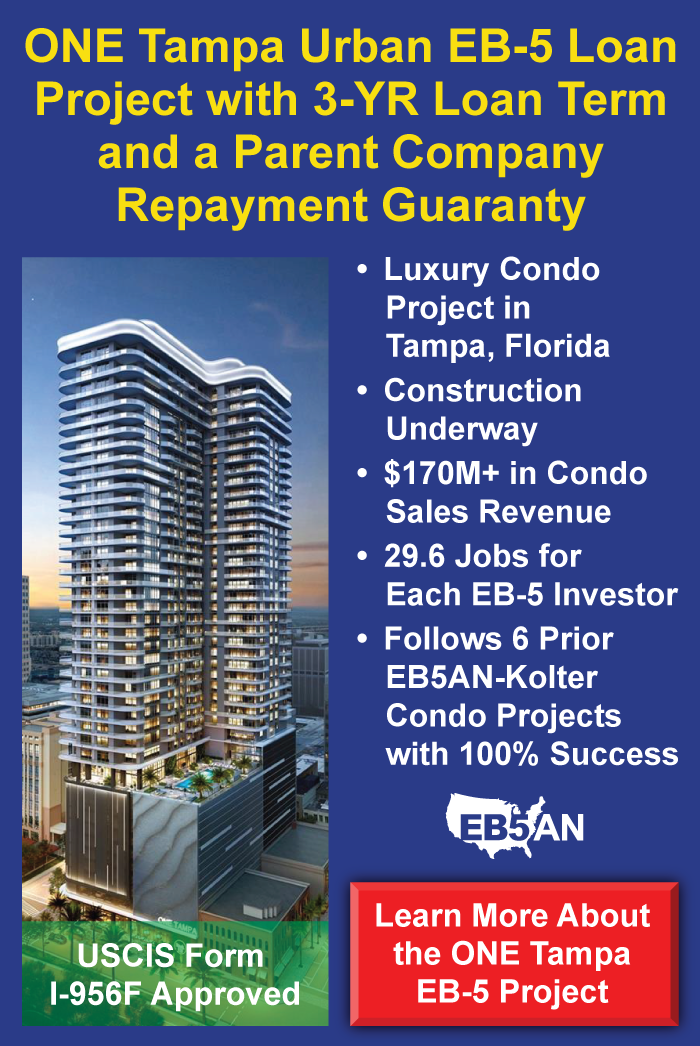
The EB-5 Immigrant Investor Program offers foreign investors a path to permanent residency in the United States through investment in job-creating enterprises.
This unique opportunity, however, comes with a set of challenges and potential risks. This comprehensive guide aims to arm potential investors with the knowledge to identify warning signs of risky EB-5 investments.
Project Transparency Issues in EB-5 Investments
Unrealistic EB-5 Financial Projections
Inadequate EB-5 Job Creation Plans
EB-5 Source of Funds Concerns
Inexperienced EB-5 Project Developers
Insufficient EB-5 Investment Security
EB-5 Regulatory Compliance Red Flags
Problematic EB-5 Exit Strategies
Overreliance on EB-5 Capital
Essential EB-5 Investment Due Diligence Tips
Project Transparency Issues in EB-5 Investments

Transparency is crucial for successful EB-5 projects. Reputable projects should provide clear, detailed information about their business plans, financial projections, and use of funds. If a project promoter is reluctant to share comprehensive documentation or avoids answering specific questions, it’s a cause for concern.
Investors should expect access to:
- Detailed business plans outlining the project’s scope, timeline, and objectives.
- Comprehensive financial statements, including historical data if applicable.
- In-depth market analysis reports demonstrating the project’s viability.
- Precise project timelines with key milestones and potential bottlenecks.
- Thorough information about key personnel, including their qualifications and track records.
Unrealistic EB-5 Financial Projections

In the competitive landscape of EB-5 investments, some projects may present overly rosy financial projections to attract investors. While optimism doesn’t have to be negative, unrealistic projections can be a big red flag.
When evaluating financial projections, consider:
- The basis for revenue forecasts and growth estimates.
- Comparison with industry standards and historical performance of similar projects.
- Sensitivity analysis showing how the project might perform under various scenarios.
- Explicit acknowledgment of potential risks and challenges, along with mitigation strategies.
Inadequate EB-5 Job Creation Plans
The job creation requirement is a crucial aspect of the EB-5 program. Each regional center investment must create at least 10 full-time jobs for qualifying U.S. workers. Projects without a clear and viable plan for job creation pose a significant risk to investors’ immigration goals.
A solid job creation plan should include:
- A detailed method for calculating job creation.
- Alignment with current USCIS requirements.
- A realistic timeline for job creation that corresponds with the project’s overall development schedule.
- Contingency plans for meeting job creation requirements if the project faces delays or setbacks.
Investors should also be aware of recent changes in government policy regarding job creation calculations and ensure that the project’s methodology is up-to-date.
EB-5 Source of Funds Concerns
The legitimacy of the investment capital is crucial in EB-5 investments. USCIS requires that all investment funds come from lawful sources. Investors who are not diligent in verifying the source of funds may face issues down the line.
Investors should be prepared to provide comprehensive documentation of their capital source and be wary of any regional center team that does not seem to be well-versed in this critical requirement.
Inexperienced EB-5 Project Developers
While not all new projects are necessarily risky, those led by teams with proven track records in both EB-5 and the relevant industry sector tend to be safer bets.
When evaluating the experience of project developers, consider:
- Their history of successful EB-5 projects, including the number of investors who have received conditional and permanent Green Cards.
- Experience in the specific industry or project type, including past performance metrics.
- The team’s ability to navigate the real estate or business development aspects of EB-5.
- References and case studies of past projects, including how they handled any challenges or setbacks.
It’s also worth investigating the reputation of the regional center associated with the project, as they play a crucial role in the EB-5 process.
Insufficient EB-5 Investment Security

Projects that offer weak security provisions may put investors’ capital at greater risk.
Look for:
- Clear explanations of how investor funds will be secured throughout the project lifecycle.
- Third-party escrow arrangements for capital contributions and their release conditions.
- The project’s capital stack and where EB-5 funds sit in terms of priority.
Investors should also understand the legal structure of their investment and any limitations on their rights.
EB-5 Regulatory Compliance Red Flags
Compliance with EB-5 regulations and securities laws is non-negotiable. Project teams with a history of regulatory issues should be approached with extreme caution.
Red flags include:
- Past SEC actions against the project, its principals, or affiliated entities.
- Inadequate or unclear disclosure documents, such as private placement memoranda.
- History of litigation related to investment activities or immigration outcomes.
Problematic EB-5 Exit Strategies
A clear and realistic exit strategy is crucial for EB-5 investors to recoup their investment. Projects without a well-defined exit plan or those relying on overly optimistic scenarios for investor repayment pose significant risks.
When evaluating exit strategies, consider:
- The proposed timeline for capital return.
- The project’s plan for refinancing or selling assets.
- Any guaranties given to EB-5 investors in the event of unforeseen issues.
Overreliance on EB-5 Capital
Projects that rely too heavily on EB-5 funds for their capital stack may be riskier. A healthy mix of capital sources, including developer equity, bank loans, and other forms of investment, often indicates a more solid financial structure.
When assessing a project’s capital structure, look for:
- A detailed breakdown of the capital stack, including the percentage of EB-5 funds.
- Significant developer equity contribution, demonstrating the developer’s commitment and confidence.
- Involvement of traditional lenders or other institutional investors, which can provide additional due diligence.
- Contingency plans if the full amount of EB-5 capital is not raised.
Projects with a disproportionate reliance on EB-5 funds may be more vulnerable to delays or failure if there are issues with raising or deploying the EB-5 capital.
Essential EB-5 Investment Due Diligence Tips

While the potential rewards of a successful EB-5 investment are significant, including the possibility of eventual U.S. citizenship, the risks can be substantial if proper precautions are not taken.
To conduct thorough due diligence:
- Research all aspects of a potential EB-5 project.
- Seek advice from experienced immigration attorneys and financial advisors.
- Review all offering documents carefully.
- Conduct independent verification of key claims made by the project teams.
- Consider visiting the project site and meeting with the team in person.
- Speak with other EB-5 investors who have worked with the same regional center or developer.
- Stay informed about changes in EB-5 regulations and policies.
EB5AN, a reputable EB-5 firm, helps foreign investors obtain U.S. Green Cards through carefully vetted projects. We adhere to a transparent and investor-focused approach; and conduct thorough due diligence on all projects. To explore your EB-5 investment options and learn how we can assist you, schedule a free consultation with our expert team today.










